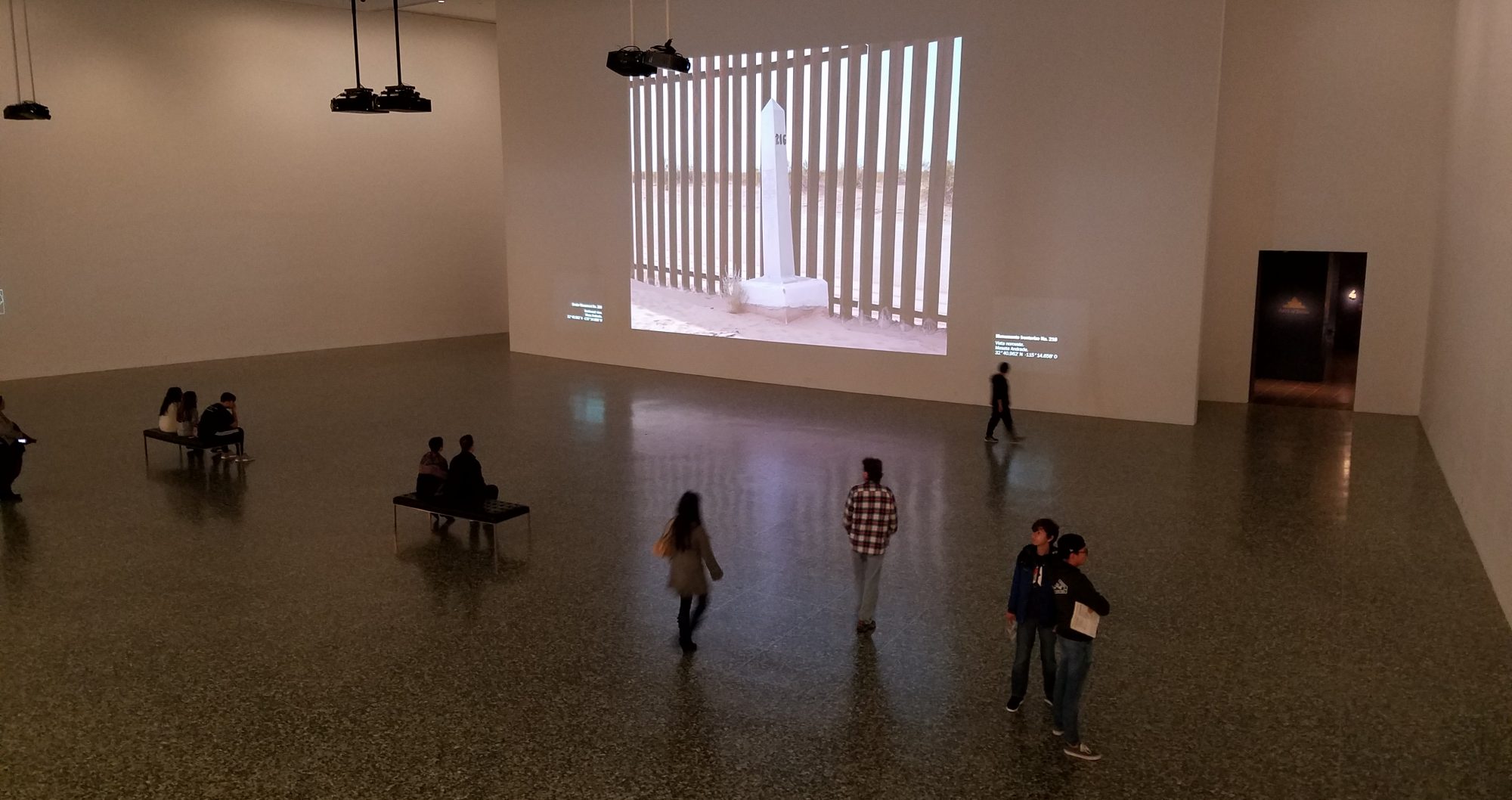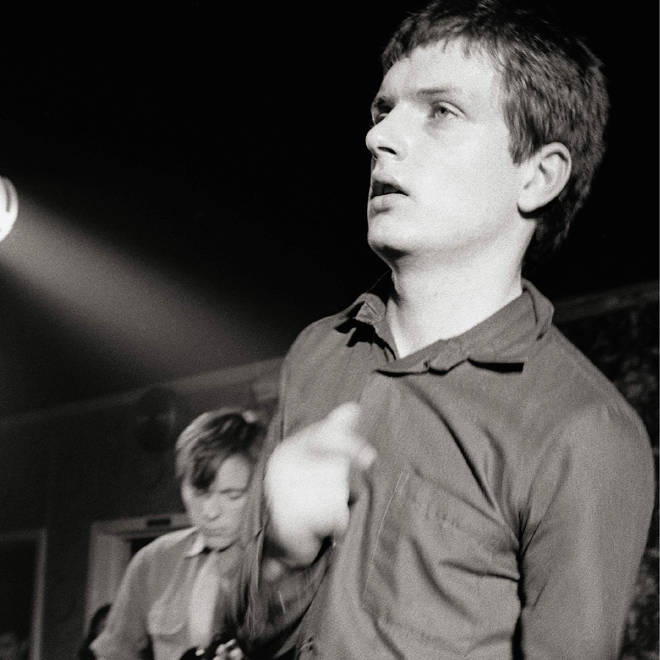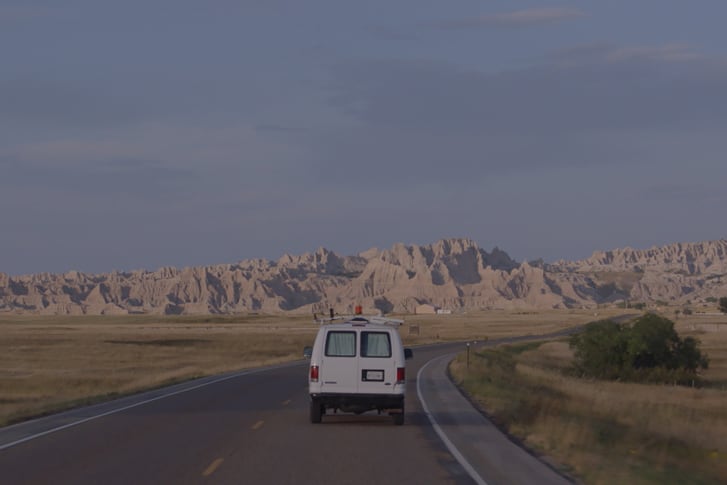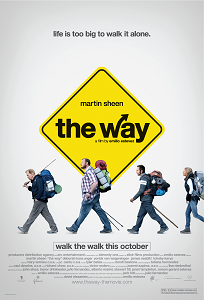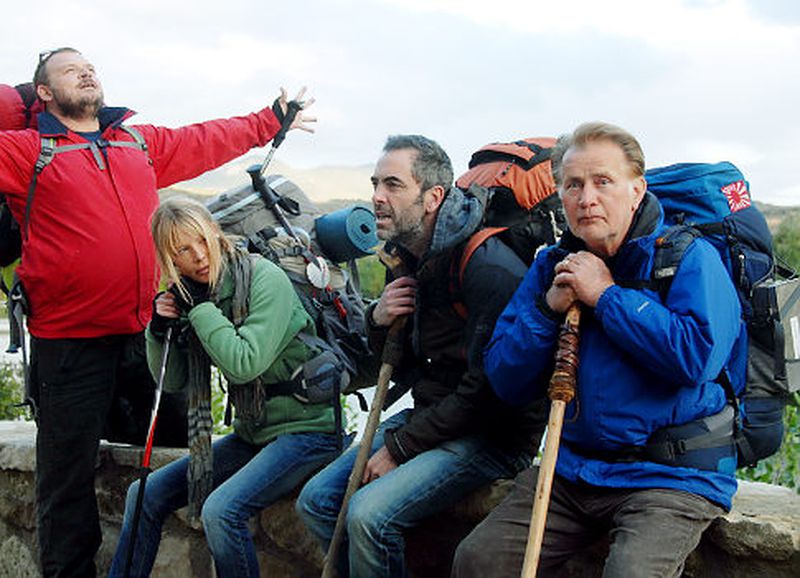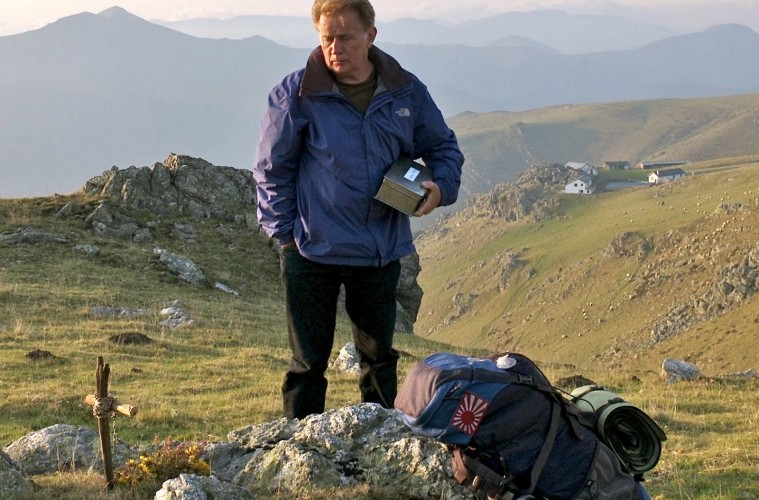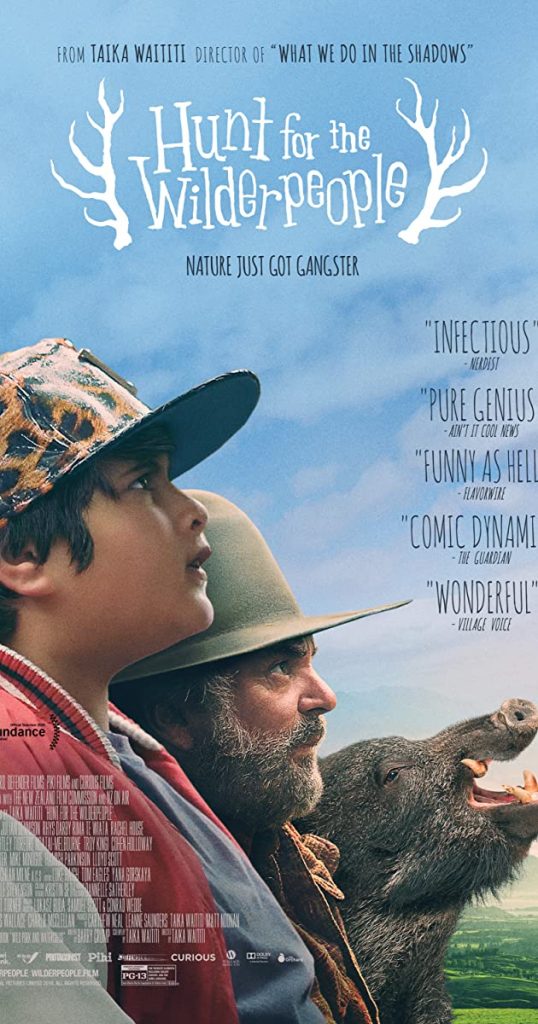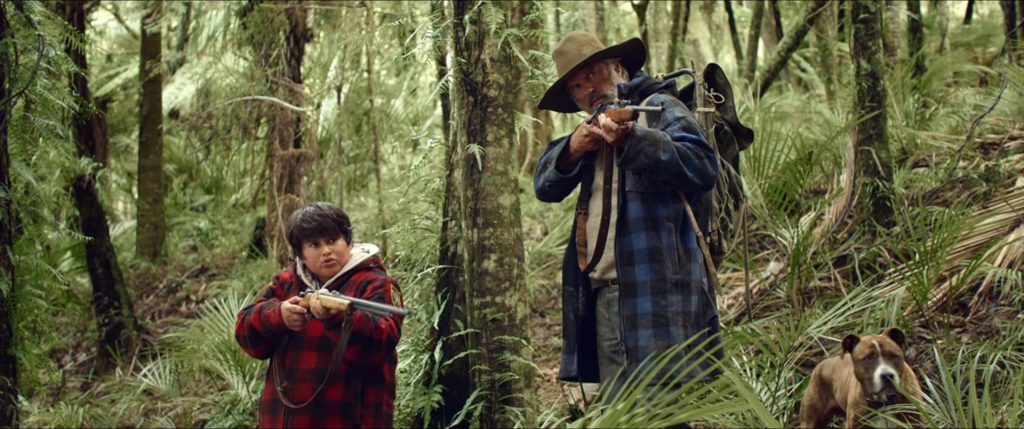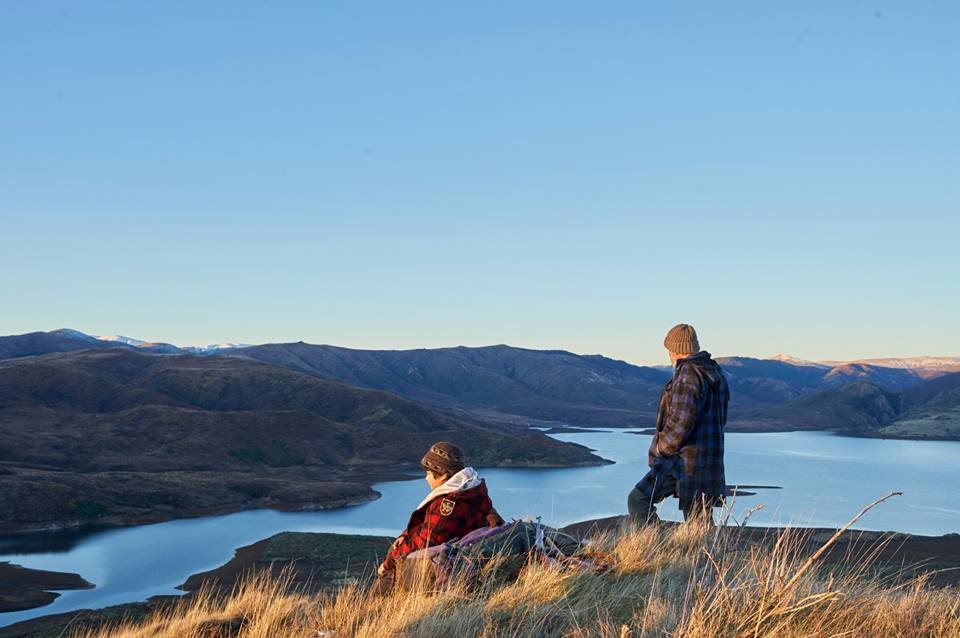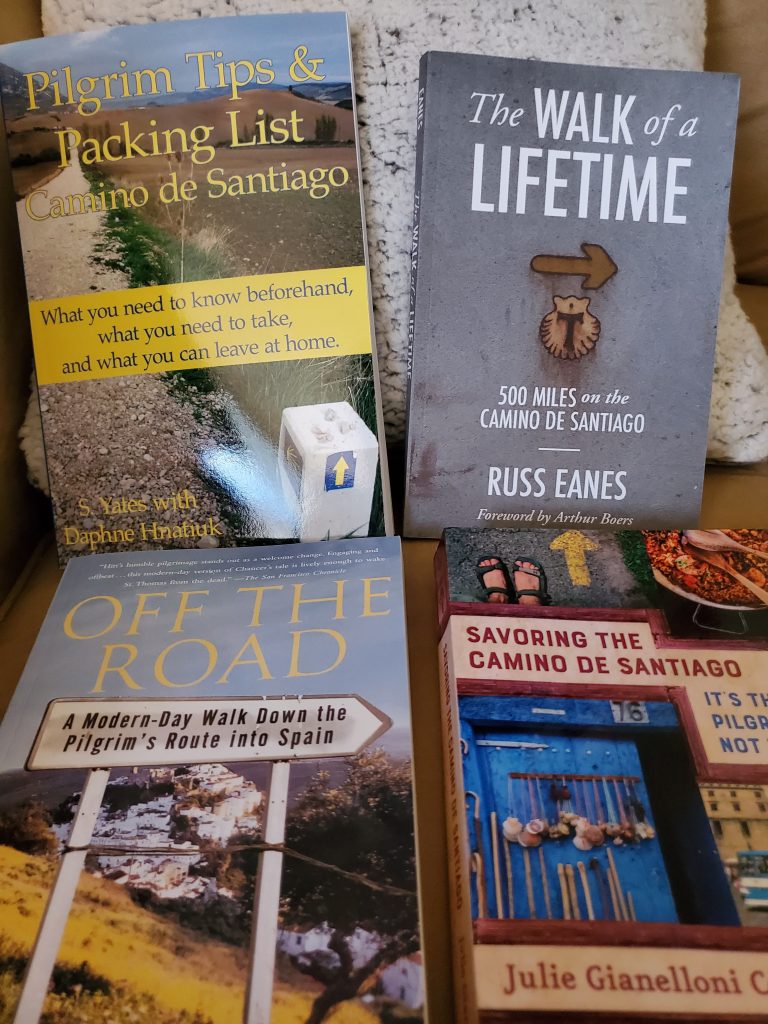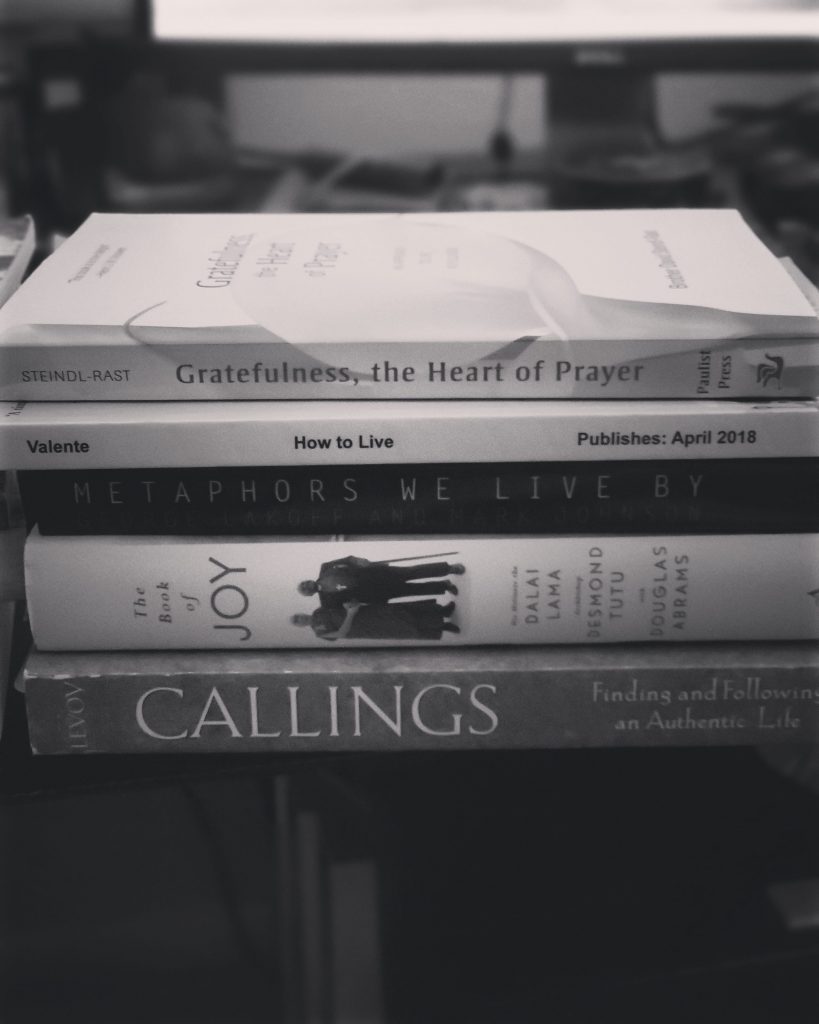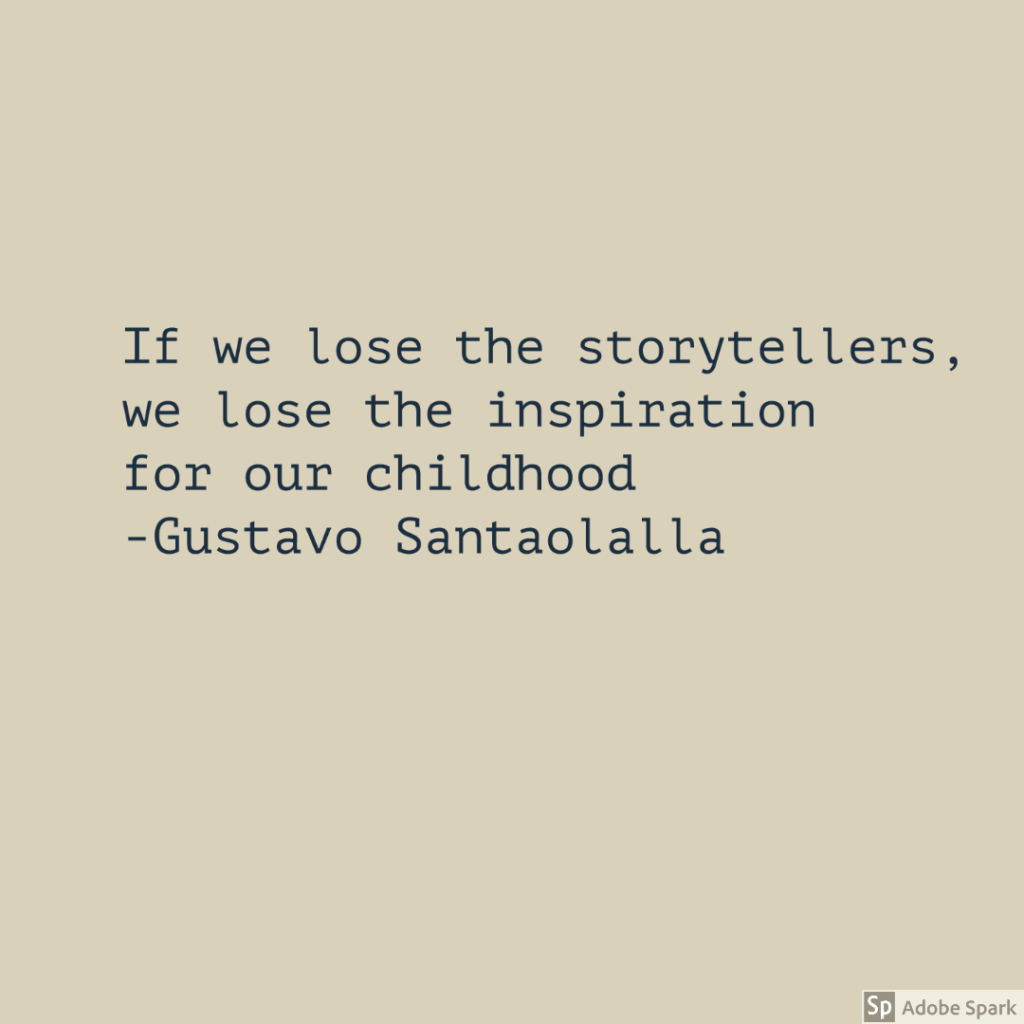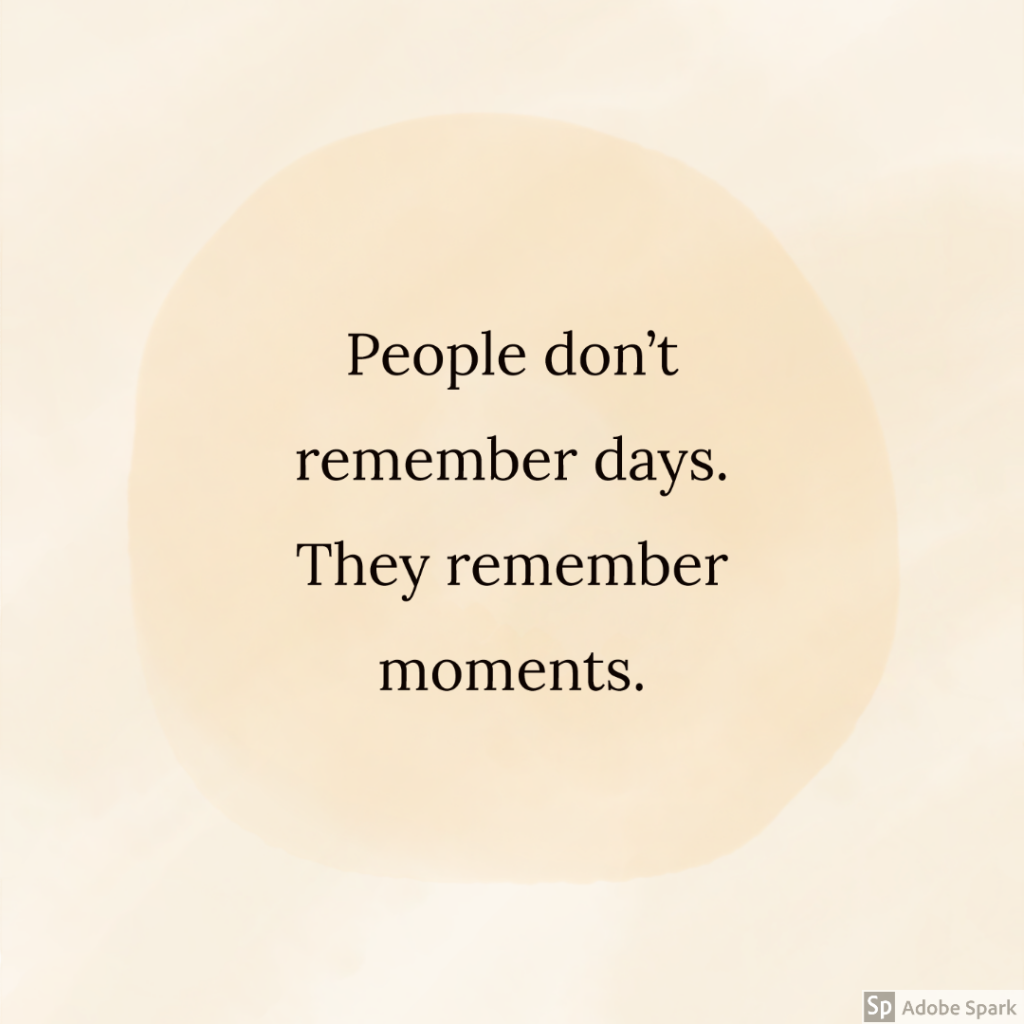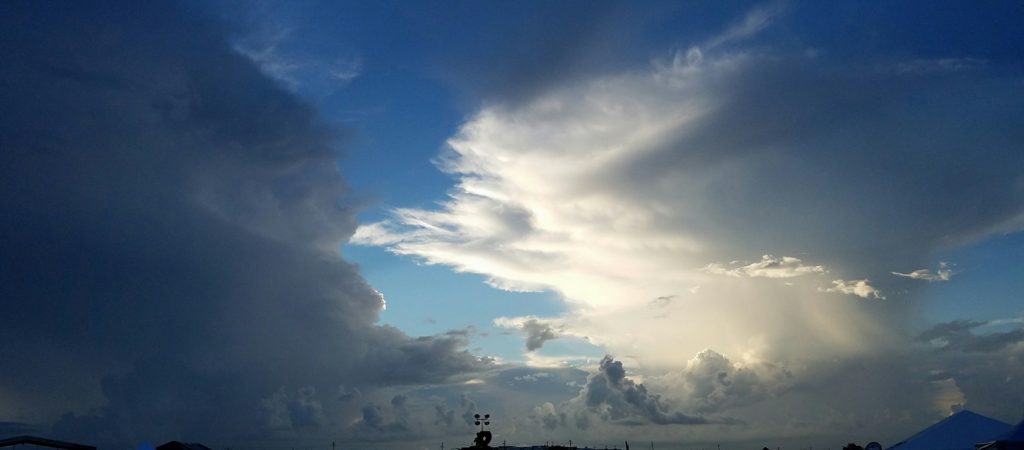Three or maybe four years ago, a new word entered into my vocabulary – liminal. I was introduced to this word surprisingly by the Icelandic alternative band (and one of my favorites) Sigur Ros. The band is known for their exploration of different musical styles and formats, with heavy influence of their Icelandic culture. My love of this band is largely stems from their fearless motivation to push the boundaries of their listeners. Critics hailed their breakthrough second album, Agaetis Byrjun, which translates to “a good beginning”, as a masterpiece and the new sound of the next century when it was released in 2000. Sung mostly in Icelandic and “Hopelandic”, which the band created gibberish lyrics by using vocal tones and sound, the album was a breakthrough in the U.S. introducing the band to new listeners. I have followed Sigur Row since I first heard them at the recommendation of the salesclerk at my favorite record store in Bloomington, Indiana, when I was a graduate student. Upon my first listen, I couldn’t quite pin down what I was listening to on my stereo while working on my dissertation. It was a mix of classical sounding strings, hard hitting guitars, lyrics in a language that didn’t sound like a language, and something that sounded like a soundtrack to a dream. Fast forward to 2018, Sigur Ros continued to innovate the music genre of “alternative rock” with a series of playlists and CDs simply titled Liminal. At the time I first heard this new venture of the band, I felt like my love of them came full circle. Being unfamiliar with the title of their new work, I looked up the definition and immediately felt a connection to not only the music, but why the music of the band deeply resonated with me. Liminal, I found out, describes living between two worlds. It can also represent transitions between transitions or even a beginning – “a good beginning”!
Discovering the meaning of the word liminal from this band set me on path to learn more on how liminality can be applied to other spaces beyond the music of my favorite band. Sigur Ros used the word to title their project to create soundscapes that they would later use to create live events they dubbed “sound baths”. They wanted their music to do more than just be listen to with ears. They wanted this music to allow listeners to drift, to lose themselves from reality and to possibly enter another reality where you experience liminality. A transition into another space or a beginning to start anew. While I never had a chance to experience one of these sound baths, the Museum of Fine Arts Houston in 2019 hosted an Icelandic artist’s vision of what this “sound bath” could be with “The Visitors”.
https://www.mfah.org/exhibitions/ragnar-kjartansson-visitors
I visited this exhibit twice, once to be introduced to it and the second to fully experience it. Meant to be viewed as an immersive experience, the museum encouraged visitors to lay on the floor, sit on cushions, or walk freely as the video projections of musicians played a song specific for the installation. The blending of music and visuals was interesting, providing both stimulation and calmness. My second visit to the installation involved sitting on the floor and being “bathed” by the sensory experience of sight, sounds, and textures. At the end, I truly felt like I entered a liminal space where the environment outside the exhibit was not even considered or thought about. I was truly in my own space, making my own interpretations, and creating my own reality even if was just for 15 minutes or so. True art can make individuals experience beyond what they are observing and hearing. Taking someone to new spaces is truly a feat that reflects the effort an artist makes to challenge normative views of what art should do to the observer and listener. I believe it takes an artist who understands the complexity of liminality to be able to achieve this level. Sigur Ros’ liminality exists by quite literally making music that cannot fit easily into standard music categories (they fully embraced this by naming their third album ( ) or untitled). Mexican film director Alejandro G. Inarritu explores the idea of living in liminal space with his extraordinary film, BARDO: False Chronicle of a Handful of Truths (2022).
First, a little context for this blog entry. I read extensively the reviews of this new movie prior to watching. The reviews have been mixed, some calling the movie brilliant and innovative, others saying that it is excessive and bloated with little sense or thin-layered plot. Yes, at 2.5 hours running time, it does drift a bit long (I started my watching at 10:30pm recently and committed myself to view it until 1am!), it does remind us of technical wizardry of the director (some standout scenes I’ll mention later) who often is criticized for being narcissistic on this skill, and does go off into some bloated script writing and dialogue. However, challenging viewers to something different needs some risks and while critics have been harsh, I found it interesting that those who “get it” understand the movie’s idea of liminal space – living between – and the absurdity that living in this environment creates for the main character Silverio Game, brilliantly portrayed by Mexican actor Daniel Giménez Cacho. [SPOILER ALERT: Several scenes and moments in the movie will be described below. If you do not want to know this information, watch the film and then return. THX]
Silverio is a journalist who now makes documentaries on a variety of issues impacting Mexican citizens. Silverio in the film is being recognized for his widely seen works from both his Mexican and United States colleagues. He lives in Los Angeles and considers it home, even though some believe he is not truly a resident of the states. In Mexico, the same dilemma occurs, where his friends and family often remark on how “gringos” favor him and if that makes him less Mexican. Even within his own family, the issue of liminality is discussed where his young son challenges his father on how truly connected he is to the Mexican subjects of his “docufiction” films. In a scene that switches between Spanish and English, Silverio’s son asks him in English if he thinks Mexico is a “poor” country, while Silverio angrily commands him in Spanish to speak Spanish while they are in Mexico. This scene captures the confusion and frustration of being from one space but not being truly from that space or welcomed in another space due to others asking if you truly are connected to it. While the films are on two different realms, I found this scene to be reminiscent of the famous “not Mexican enough” scene in the movie “Selena”:
Both films, surprisingly, capture the absurdity of living liminal. In Selena, the musician spends most of her short-lived stardom navigating ways to communicate and entertain her growing number of fans in the U.S. and Mexico, where often her naiveté on living in liminal space allowed her to charm her way into becoming an icon. In BARDO, Silverio is facing an identity crisis upon receiving accolades for his work. The crisis leads to a strong feeling of imposter syndrome, which eventually leads the the many surrealistic, absurd scenes that make up most of the movie. BARDO is not necessarily a plot-driven film. Rather it is a film that uses imagery and metaphor to “tell” the story. The telling of the story is the surreal nature of life as though it is a dream. A mass transit train ride turns into a flooded car, a U.S. Customs checkpoint at an airport becomes a synchronized march, people lose their ability to speak at command, and so on. All of this occurs without any lead up or warning. They just happen.
I can see how after three or four scenes of this nature, viewers would be frustrated with the “WTF?” flow of the movie. However, I found it important in depicting Silverio’s struggle with living in liminal space. What doesn’t make sense, makes sense. What makes sense, isn’t understood in the real world, but in the dream-like world Silverio lives in, it provides clarity and answers.
While I have a list of favorite scenes in the movie, a few stick out for their messages and creativeness. For creativeness, Inarritu stages a dance party of probably 200 or so people in it. It is a celebration for Silverio thrown by the Mexican government. The music is largely Mexican regional tunes sung by a live band. Silverio is dancing with his daughter who can immediately change the genre of music by simply clapping her hands in the air. That alone and how the director is able to get all the people to dance at the changes is remarkable enough. But then, in a fantastic moment when the music changes, the scene goes quiet with everyone still dancing. Then, a vocal only recording of David Bowie’s “Let’s Dance” plays. The scene shows that it is only Silverio who hears the song while everyone is still dancing to the previous tune. The imagery of one lone joyful dancer dancing to his own tune was pure film magic. I’m sure that scene alone will be studied by film makers on the technical savviness to capture this large scale moment. In it. Silverio is removed from his reality and is in his “in between” space where critiques of his Mexican identity by his friends are for a few minutes removed by the song of an musical artist who also faced the challenge of being categorized (and dancing to his own beat throughout his career). The lyric “swaying to a crowd in an empty space” takes on a literal meaning of liminality. I highly recommend searching on YouTube the vocal only track: https://youtu.be/JutlzsegKRA
The most significant scenes occur in the capital city of Mexico City. One scene has Silverio explore the busy streets of downtown Mexico City, which he earlier called “this ugly beautiful city.” As he is strolling the streets, he observes the shops, the traffic, and the busy taqueria. When he orders a taco de lengua (tongue), a young woman collapses on a sidewalk. Curious, Silverio approaches the woman and asks her if she is okay. She sternly tells him she is and to go away. Frustrated, he asks why she is on the sidewalk while others pass her. She tells him that she is “missing” and not dead. A bystander casually approaches and tells Silverio that the “missing” all say the same thing and to just avoid her. Soon after, he sees others collapsing on the sidewalk violently, as though they are shot. Silverio walks as others collapse in front of him and soon, the entire street is covered in bodies. From what I read, this scene metaphorically tells the stories of the missing that Mexican government avoids talking about, telling the public to carry on and not worry. Hundreds of bodies on the ground lets Silverio know that as a Mexican citizen, as a journalist and filmmaker, he will not forget their stories. Which leads to the most surreal and strange scene in the movie where Silverio converses with Spaniard conquistador Hernan Cortes atop the bodies of indigenous people in the formation of a pyramid. Silverio converses with Cortes on the impacts of colonization in Mexico and its continuation in modern Mexico. Cortes during this dialogue claims that he modernized Mexico and without colonization, the people would still be working with the “ideas of deities”. The gloom and darkness of the scene highlights how Mexico really has not come to grips with its history. The impact of the scene ends abruptly when we realize that the whole conversation is part of a movie that is being made about this history and the director yells “cut” when he hears Silverio’s comments and says “there he goes again”. The bodies turns out to be indigenous extras in the film who rise and vocally yell their agreement with Silverio.
These scenes provide the surrealism that exist in Silverio’s liminal worlds of Mexico and the United States. He drifts from one moment to another as if he is dreaming. Sometimes, the dream is a dream, yet he tells himself that he is awake. Others also tell him that he is dreaming and that soon he will wake up and be in reality. Yet, he never wakes. the movie continues from one scene to another, where unlikely things occur without explanation. They just occur. Silverio’s challenge is to figure out what is his reality and what is not. Is he from Mexico or is home now the United States? Does the United States truly see him as one of their own? If not, where is home for him and his family? In the film, director Inarritu shows Silverio’s home as in his dreams and visions, for there he is truly welcomed since we do not welcome what he sees in our own reality. Liminal can be a transition and the movie does in the end explore this part of the liminal definition. However, Silverio is also beginning to understand that a good beginning may be happening that allows him to finally make sense of his identity. His life has been a “docufiction” that has been the work others have awarded him with in the U.S. and Mexico. Life if not real. What is not real can be life.
Liminal spaces is something I see my own life to follow. As a Mexican American scholar in higher education, I find myself navigating many worlds. I am someone who earns a living my thinking and writing, yet I am also the child of parents who worked with their hands and numerous double-shifts and hourly positions. I am a Mexican American who does not hyphenate this descriptor anymore because there is no break in between, they both exist at the same time. I am a tenured faculty member who quite literally everyday is reminded that I am a unicorn in a field that pretends to be making strides in humanizing and diversifying the field. I work at an institution that is a “Hispanic-serving institution”, yet I still find myself walking into one surreal moment into another on my campus that reminds me that “serving” still needs much work in the campus culture and by colleagues. Yet, much like Silverio, I dance to my own tune. I make my own path, realizing that mistakes likely will be made. I am human. While others are synchronized to whatever beat they hear, I often drift off by hearing the music that I create or that I select to guide me through whatever mess I find myself in. Silverio in BARDO represents the meaning of the movie’s title, which is a Buddhist idea of living between life and death and possibly rebirth. While we choose to live life in reality, Silverio in the movie lives life on the other plane – the plane of dreams. For in dreams, remarkable and frightening things happen. Hopefully, once we are awake, we can start “a good beginning” by learning from the unreal and the surreal.
BARDO: A False Chronicle of a Handful of Truths obviously earned my “two thumbs up” rating. Just be warned, it is NOT a straightforward movie where a story follows sequentially. And it is LOOOONG. Despite this, if you allow yourself to at least watch the scenes I describe, you can create your own interpretation. Take a “visual bath” and just enjoy the cinematography and the metaphorical messages of each scene.
I will end with returning back to Sigur Ros. One of my favorite songs from the band is about a nosebleed, believe it or not. The music, while titled after the most mundane and boring life event, makes this into 2-minutes of joyful bliss. One world sees reality, the other sees beauty. The true essence of liminality. https://youtu.be/jTOwu3aMa0M
Onward.
